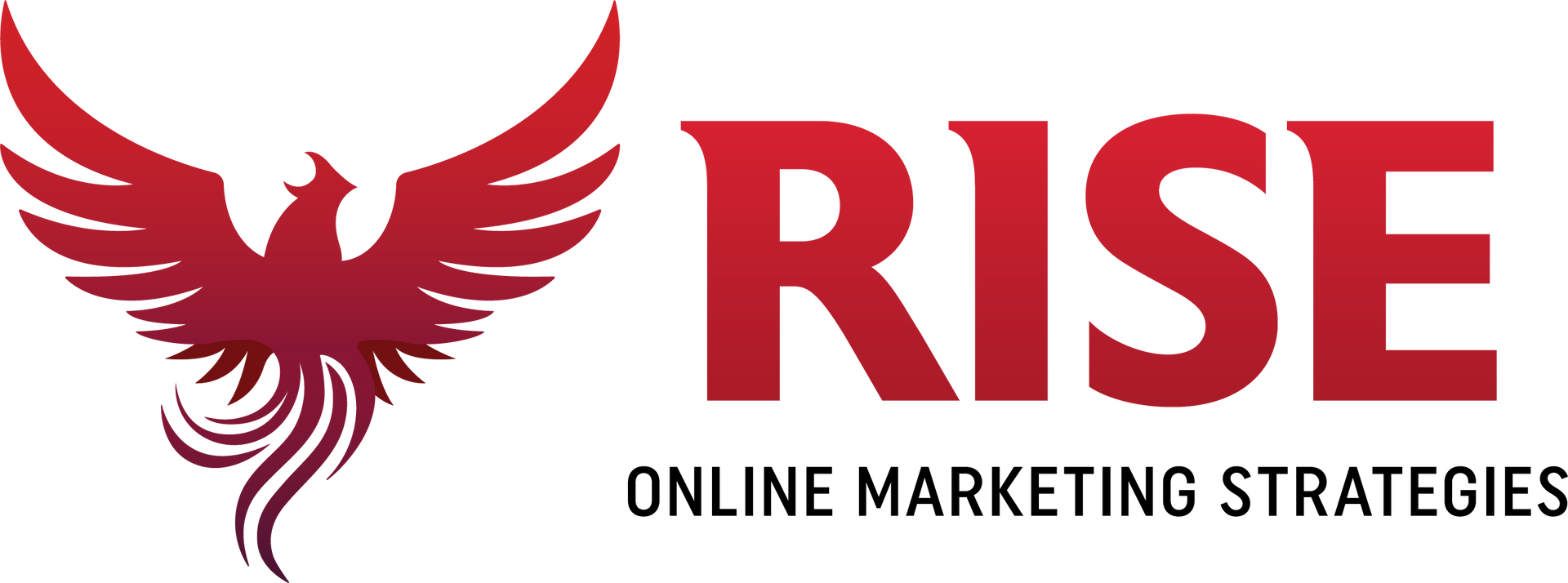Mastering Data Segmentation: Best Practices for Market Segmentation, Customer Segmentation, and Dividing Your Audience in Digital and Online Marketing

Understanding Segmentation in Marketing
The Importance of Market Segmentation
Market segmentation is key to any successful marketing plan. By dividing your audience into specific groups based on shared characteristics, you can target your audience more effectively and improve your marketing efforts. This process allows you to send the right marketing message to the right people at the right time. It also helps you identify the best leads and customers, ultimately driving better results for your business.
Types of Market Segmentation: Breaking Down the Basics
There are several types of market segmentation, including demographic, geographic, behavioral, and psychographic segmentation.
- Demographic segmentation involves grouping your audience based on demographic data such as age, gender, income, and more.
- Geographic segmentation divides your market based on location, while behavioral segmentation groups customers based on their behaviors and interactions with your business.
- Psychographic segmentation groups your audience based on their interests, values, and lifestyles.
By understanding these types of market segmentation, you can tailor your marketing efforts to reach your target market more effectively.
Data Segmentation: Your Key to Personalized Marketing Efforts
Data segmentation is the process of dividing your data into groups based on specific characteristics. By segmenting your data, you can personalize your marketing messages and reach your target audience more effectively. For example, if you're a B2B company, you can use data segmentation to target specific industries or company sizes with personalized email marketing campaigns. Similarly, if you're an online marketing agency, you can use data segmentation to target specific customer profiles based on their online behaviors. Ultimately, data segmentation allows you to improve your targeting and drive better results for your business.
Implementing Effective Data Segmentation Strategies
How to Use Data to Power Your Marketing Campaigns
Using data to power your marketing campaigns is a crucial component of effective marketing. By gathering data and analyzing it properly, you can understand your audience better and tailor your marketing efforts accordingly. Once you've segmented your market, you can then tailor your marketing message to resonate with each segment, leading to more successful campaigns.
Database Segmentation: A Step-by-Step Guide
Database segmentation is the process of dividing your customer database into specific groups based on common characteristics. Here's a step-by-step guide to help you get started:
- Gather and validate your data: Ensure you have accurate data by validating and cleaning your database.
- Identify the segmentation criteria: Decide the basis on which you want to segment your data, such as demographic, geographic, or behavioral criteria.
- Segment your data: Use tools like Google Analytics to segment your data based on the identified criteria.
- Analyze the results: Analyze the data to understand each segment's needs and behaviors.
- Personalize your marketing efforts: Use the insights gained to personalize your marketing efforts for each segment.
Audience Segmentation: Connecting with Your Online Marketing Audience
Audience segmentation is key to connecting with your online marketing audience. By dividing your audience into specific groups based on shared characteristics, you can tailor your marketing efforts to meet their needs. For example, if you're running an email marketing campaign, you can use audience segmentation to send personalized emails to each segment, increasing the likelihood that the recipients will engage with your message. Similarly, in digital marketing, audience segmentation can help you target your ads more effectively, ensuring that the right people see your message at the right time. By implementing audience segmentation, you'll be able to improve your online marketing efforts and drive better results for your business.
Leveraging Customer Segmentation in Digital Marketing
Digital Marketing: How Customer Segmentation Can Boost Your Efforts
Customer segmentation can significantly boost your digital marketing efforts by allowing you to target your audience more effectively. By dividing your audience into distinct customer groups based on shared characteristics, you can create personalized marketing messages that resonate with each segment. This personalization can lead to increased engagement, higher conversion rates, and improved customer satisfaction. In the digital realm, tools like Google Analytics can help you gather data and segment your audience, ensuring that your marketing message reaches the right people at the right time.
Strategies for Personalizing Content with Customer Segmentation
Once you've segmented your audience, the next step is to personalize your content to meet the needs of each segment. This can include tailoring your email marketing campaigns, social media posts, and website content to align with the interests and behaviors of each group. For example, if you've identified a segment of your audience that is particularly interested in a specific product or service, you can create content that highlights the benefits of that offering. By personalizing your content in this way, you can improve your chances of capturing the attention of your target audience and driving conversions.
Being Able to Identify and Target Your Customer Segment
Being able to identify and target your customer segment is a crucial aspect of customer segmentation. This process involves gathering data on your audience, such as demographic information, purchase history, and online behavior, to create detailed customer profiles. Once you've developed these profiles, you can then use them to target your marketing efforts more effectively. For example, if you've identified a segment of your audience that is more likely to use your product or service along the path to purchase, you can create targeted marketing campaigns that speak directly to their needs. By being able to identify and target your customer segments, you can improve your marketing efforts and drive better results for your business.
Building a Successful Segmentation Strategy
Developing Your Segmentation Strategy
Developing a successful segmentation strategy begins with understanding your market and your audience. Start by gathering data on your customers, such as demographic information, purchase history, and online behavior. Use this data to segment your audience into distinct groups based on shared characteristics. Once you've identified your segments, tailor your marketing message to resonate with each group. Additionally, make sure to continually analyze and refine your segments based on customer feedback and market trends.
Key Factors to Consider When Segmenting Your Market
When segmenting your market, it's crucial to consider various factors to ensure your segmentation efforts are effective. Start by defining your target audience and determining the specific criteria you'll use to segment your market, such as age, gender, location, or purchase history. It's also essential to consider the size and potential of each segment, as well as how well you can serve their needs. Finally, make sure to validate your data and keep it up-to-date to ensure your segments remain accurate and relevant.
How a Segmentation Strategy Can Improve Your Marketing Campaign Results
A well-executed segmentation strategy can significantly improve your marketing campaign results. By dividing your audience into distinct segments, you can create more personalized and targeted marketing messages that resonate with each group. This can lead to increased engagement, higher conversion rates, and a better return on investment. Additionally, segmentation allows you to focus your marketing efforts on the most profitable segments, ensuring you're making the most of your resources. By following these steps, you'll be well on your way to building a successful segmentation strategy that drives results.

